unusual time capsule extracted from bethel church (1905) during building's demolition
This entry was posted on February 2 2018 by Eric

by eric j. nordstrom and ornament chicago
built as the bethel norwegian danish methodist episcopal church in 1905, the ingleside community church of the nazarene was demolished this week by heneghan wrecking. through a collective effort yesterday afternoon, the dated bedford limestone cornerstone and diminutive lithographed tin time capsule were carefully extracted and handed over to the existing owners – the gary comer youth center.
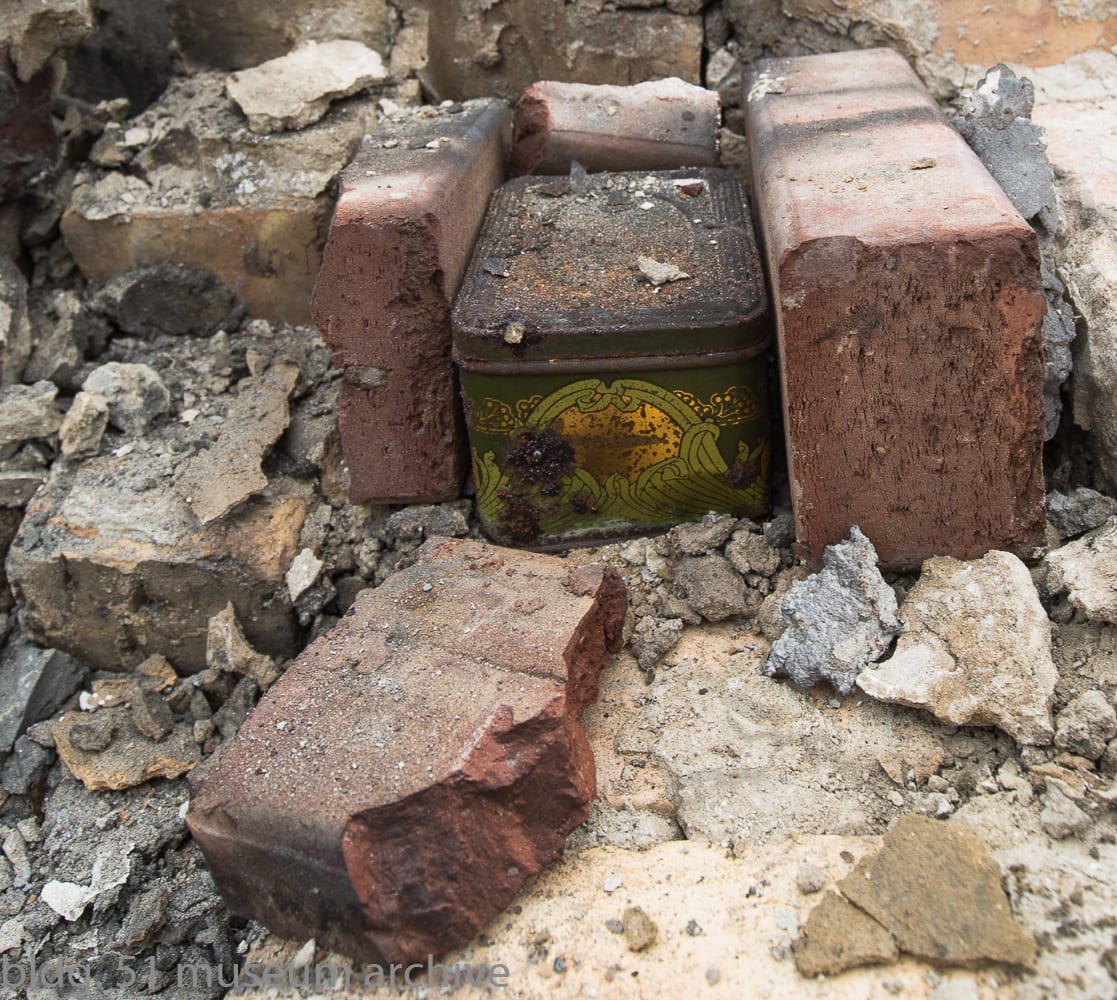
the time capsule revealed
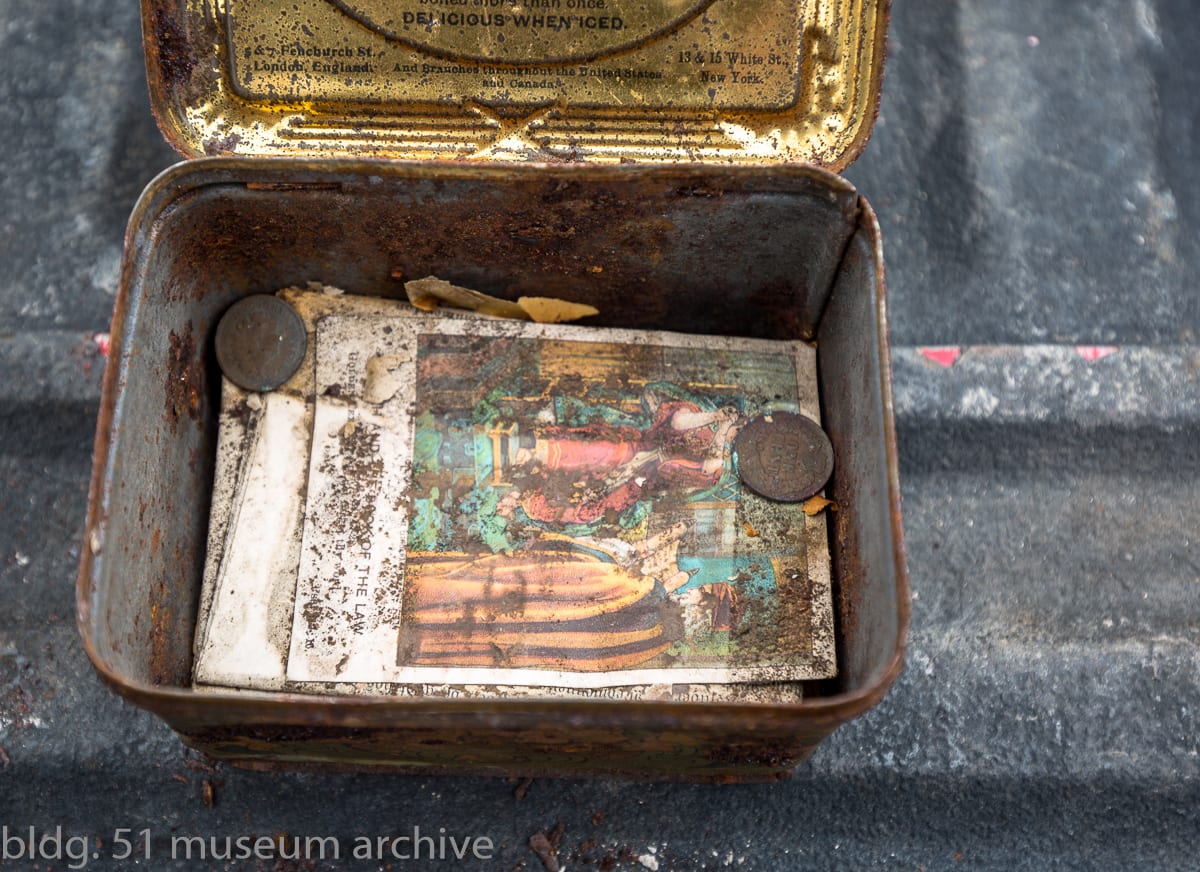
danish religious documentation and pennies from 1889 and 1901 were inside
salvaging a time capsule is an experience that presents an unmistakably visceral connection with the past. its unlike reading a book by a long dead author or admiring an historic photo - because a powerful and direct communication emerges between the creator of the capsule and the salvager that transgresses time at the moment the capsule reveals itself.
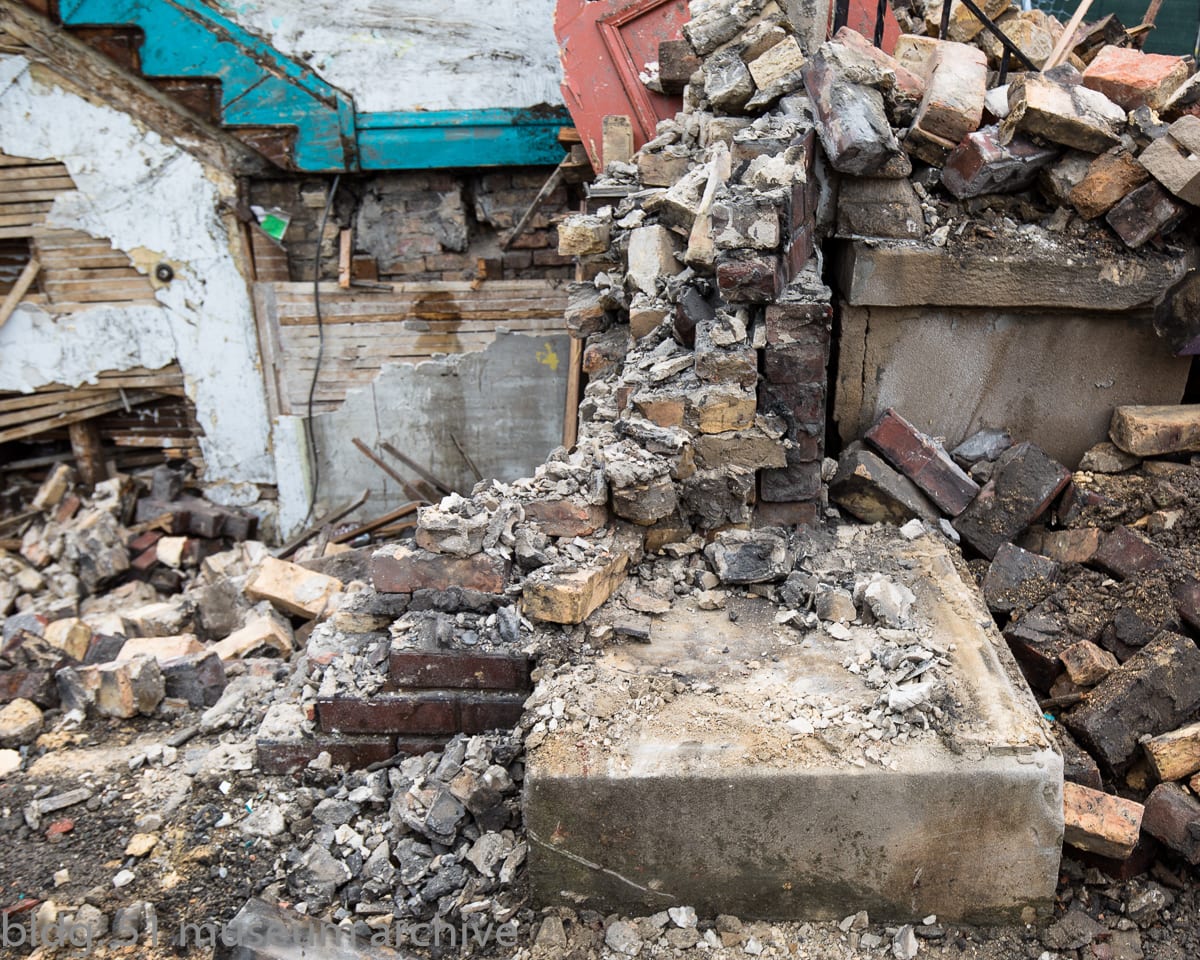
the double-paneled cornerstone with time capsule sat atop a gargantuan cut limestone base - now fully exposed.
the connection that’s felt knowing that the person who deposited the contents of a time capsule was the last person to touch them - in this case 113 years ago - and that they were keenly aware that whatever they left behind would not be found until long after their death, is undeniably emotive. it suggests an act of faith on the part of the capsule creator that declares ‘here is what i’m passing on, this is how i want to be remembered at the time I built this building, and yet I have no idea to whom Im passing this or if it will ever make it into the hands of anyone long after i’m gone’.
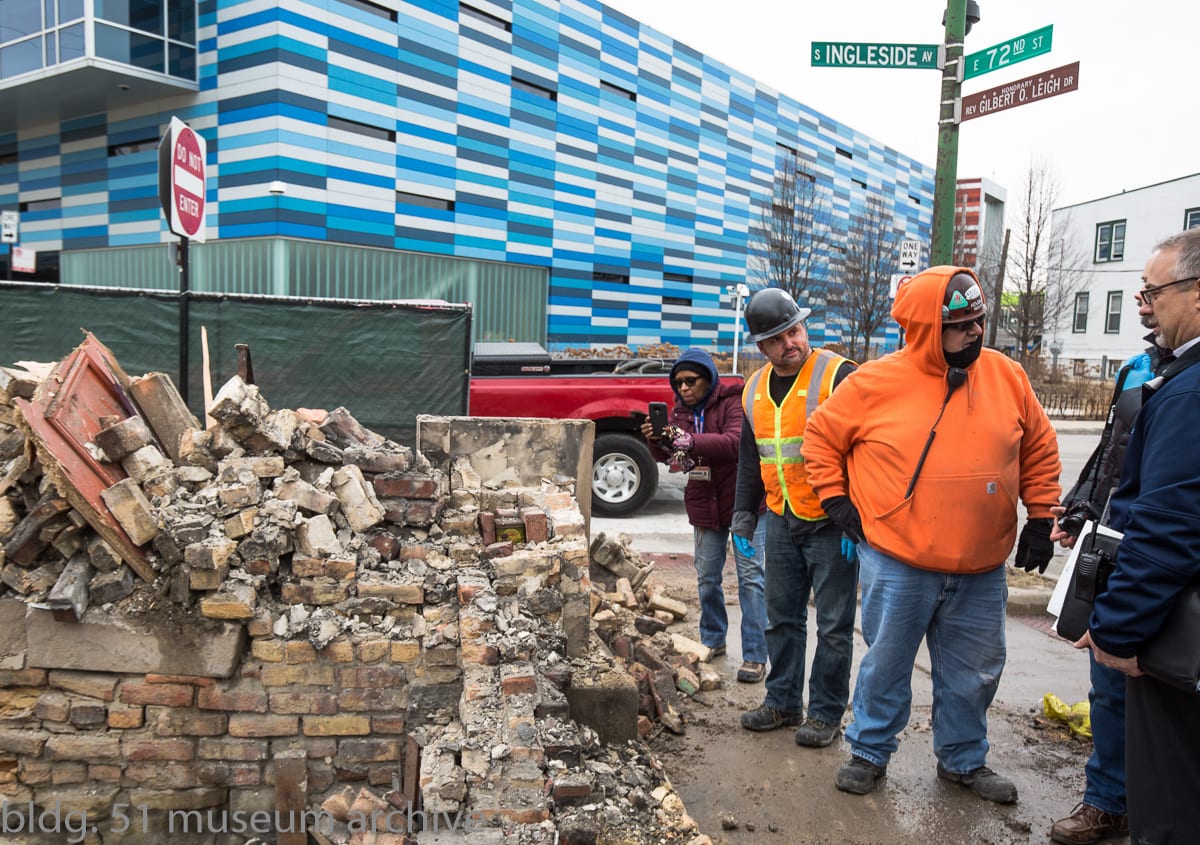
the remains of the church in contrast with the modern gary comer youth center across the street
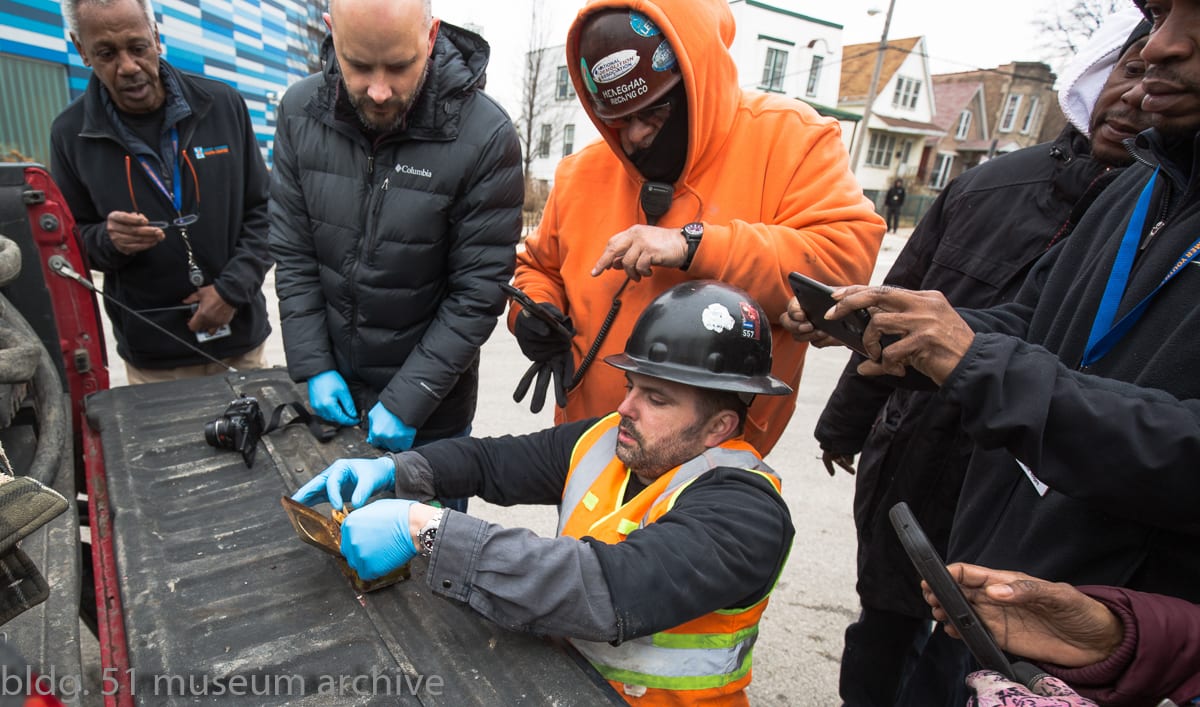
contents are carefully extracted from the badly damaged lithographed tin box. unfortunately, the elements penetrated the paper, fusing it together.
the discovery of a capsule, as evidenced by these pictures, elicits spontaneous curiosity in those who have the fortune to witness it, because there are no rules, no standards, no expectations as to what a capsule might contain. it returns one to a state of near childlike wonder to receive a transfer of goods that have been ‘frozen in time’ and to open a capsule is a truly singular experience.
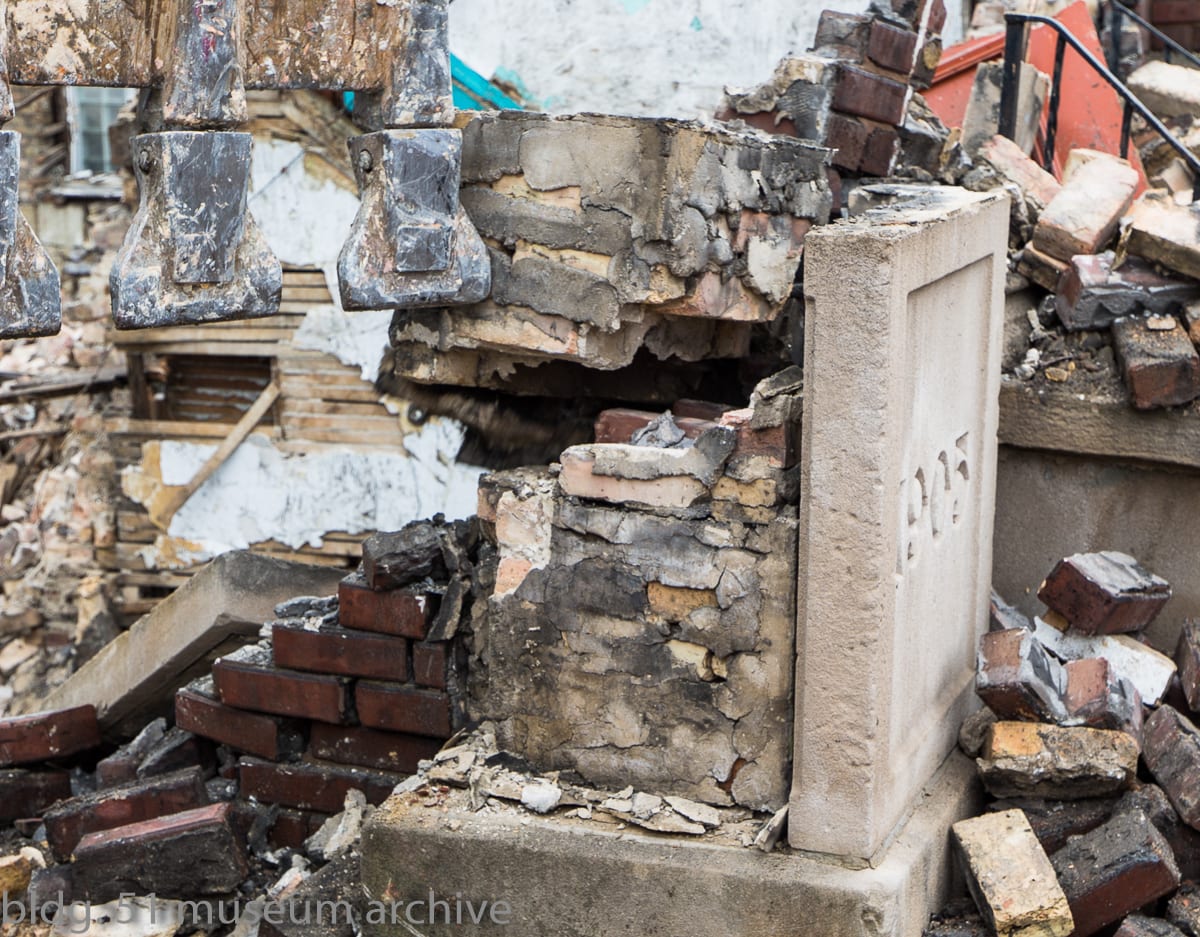
the time capsule was found entombed within a column of stacked brick concealed by two cut limestone panels. the machine operator did a remarkable job making the capsule accessible without damage to the limestone or capsule itself.
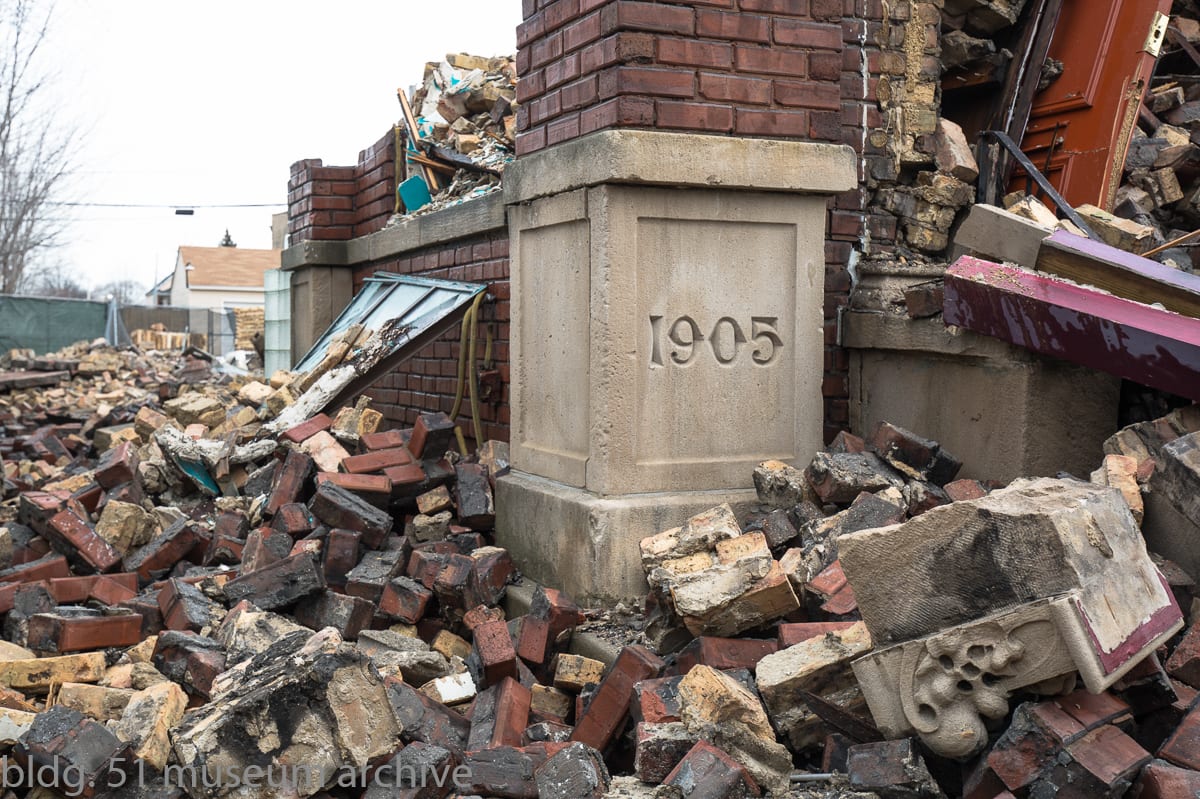
the cornerstone as it looked when i first arrived.
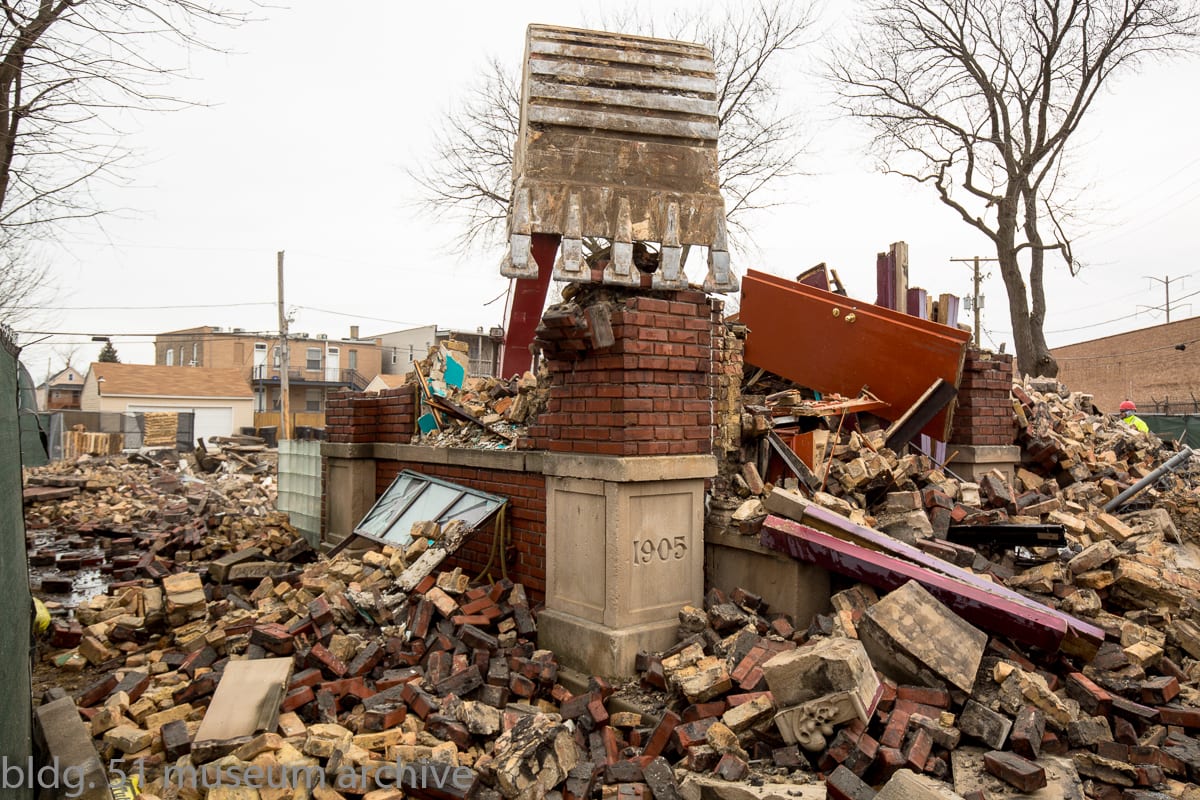
the operator carefully removes brick resting atop the cut limestone cornerstone.
such reflections may become amusing when we consider the mundane presentation of this particular capsule. it appeared in the expected location, characteristically situated behind the dated cornerstone and wedged between two large bricks, but in the most unlikely of receptacles; a tetley tea tin.
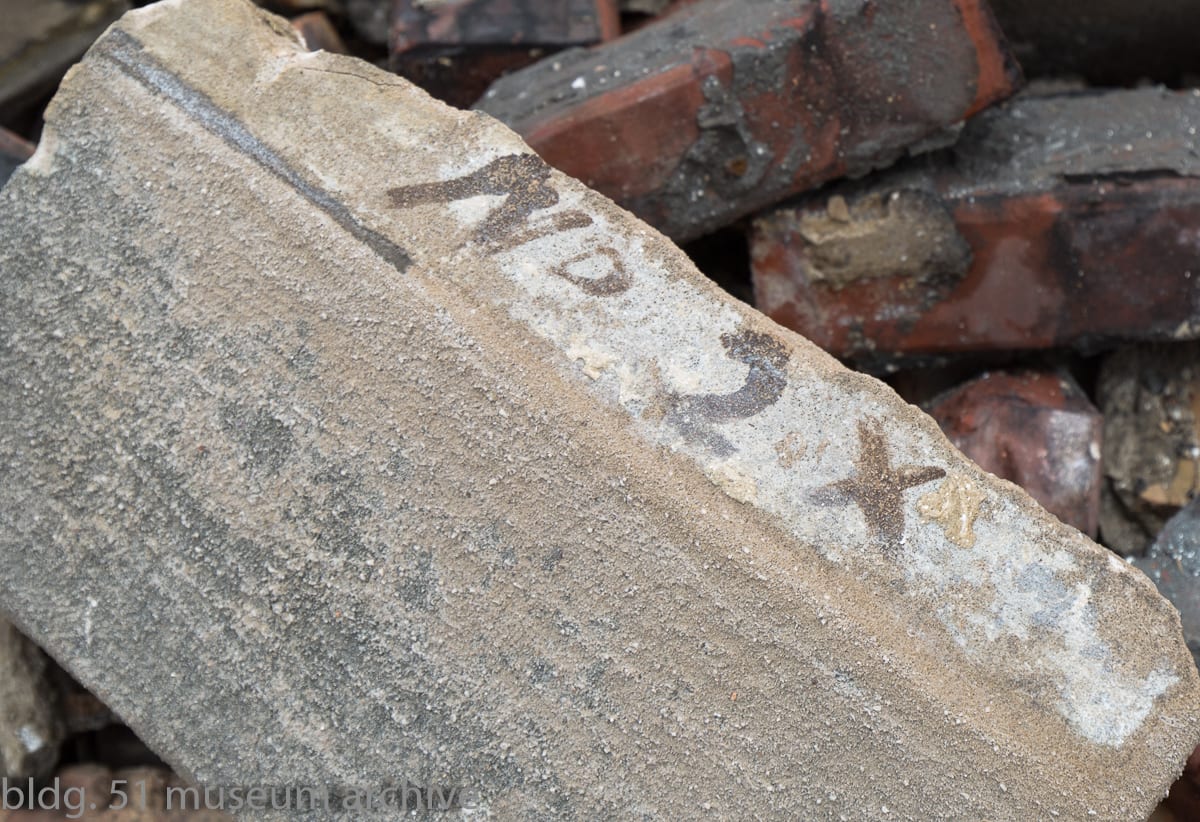
markings on cut limestone will assist in identifying the company and/or quarry.
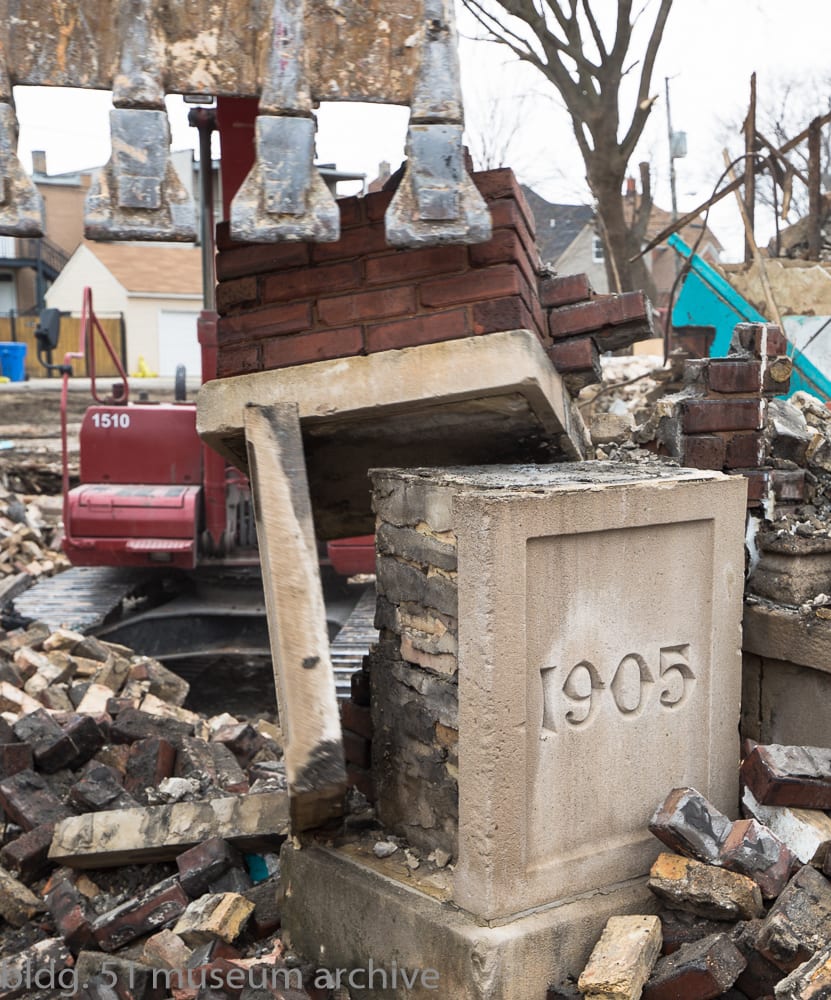
the limestone panel with deeply incised date was removed and delivered to the owners.
the top of the tin was considerably corroded but the sides still revealed the faint depiction of the art nouveau style yellow irises that once appeared. the inside shared instructions for making a cup of tea and the tetley trademark elephant. from within the box some religious documentation in Danish (or possibly Norwegian) was carefully extracted as well as two U.S. pennies from 1899 and a 1901.
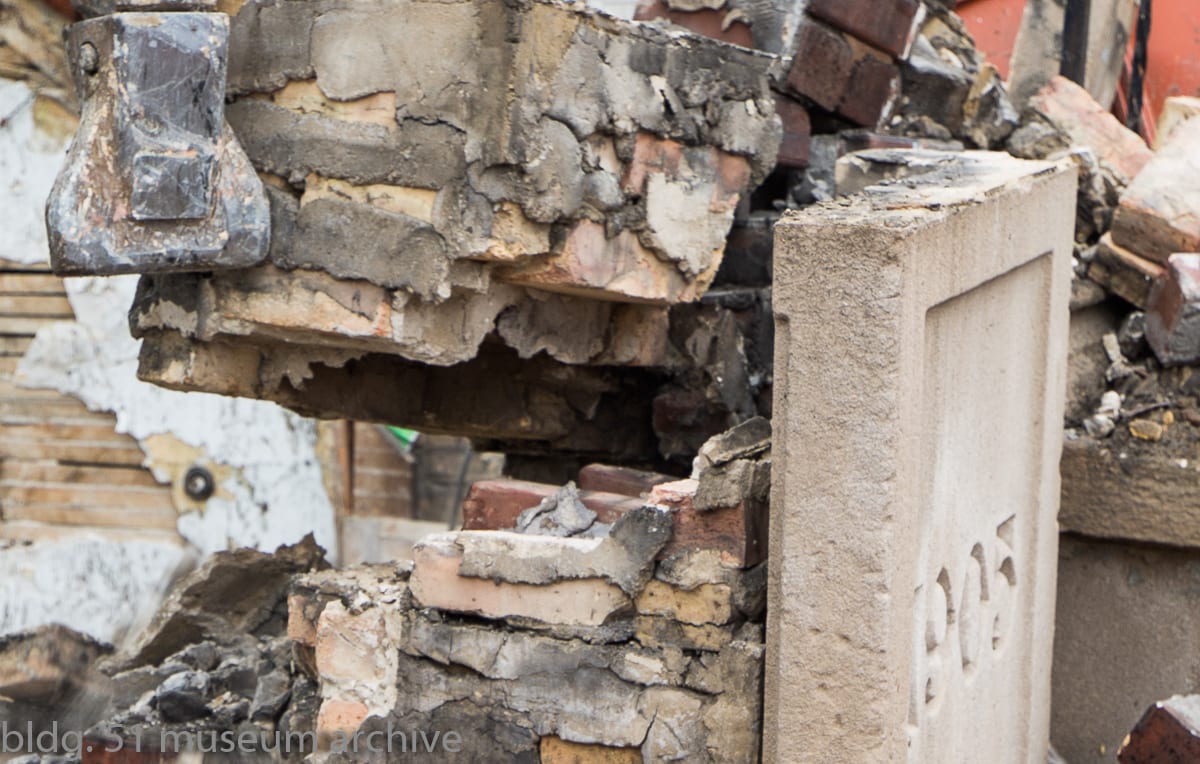
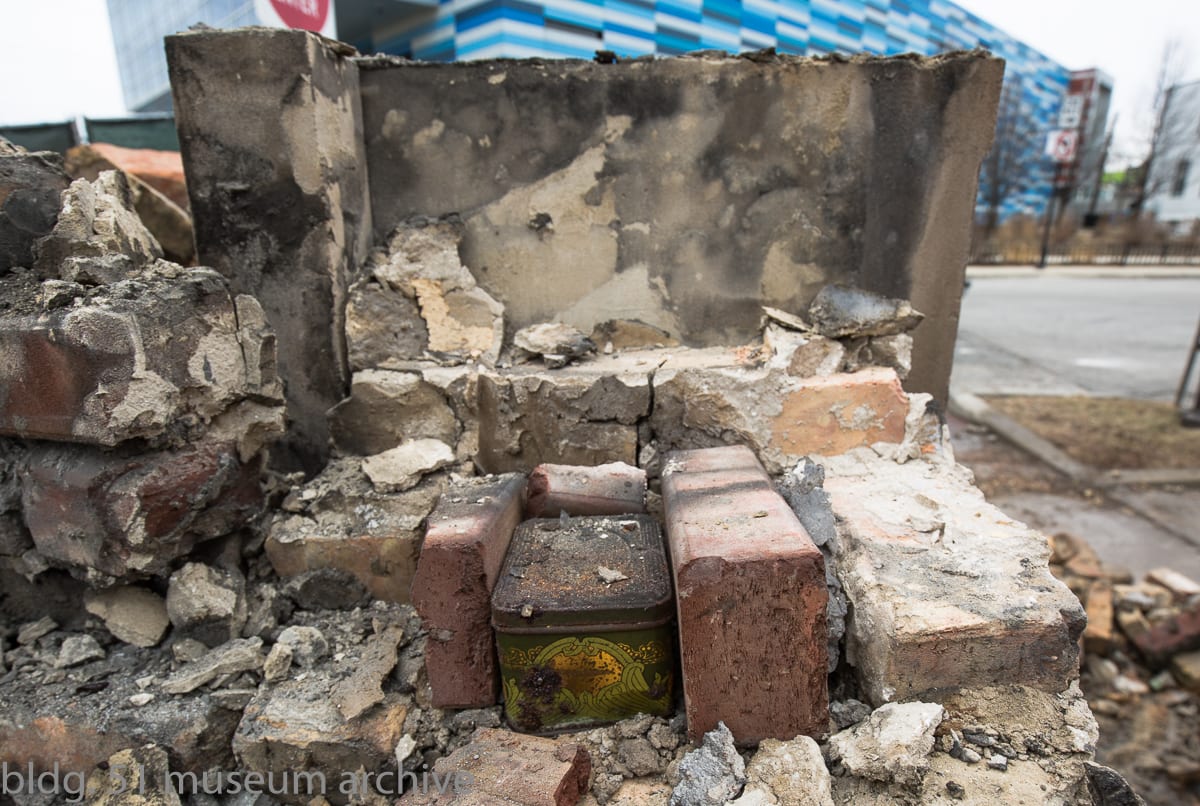
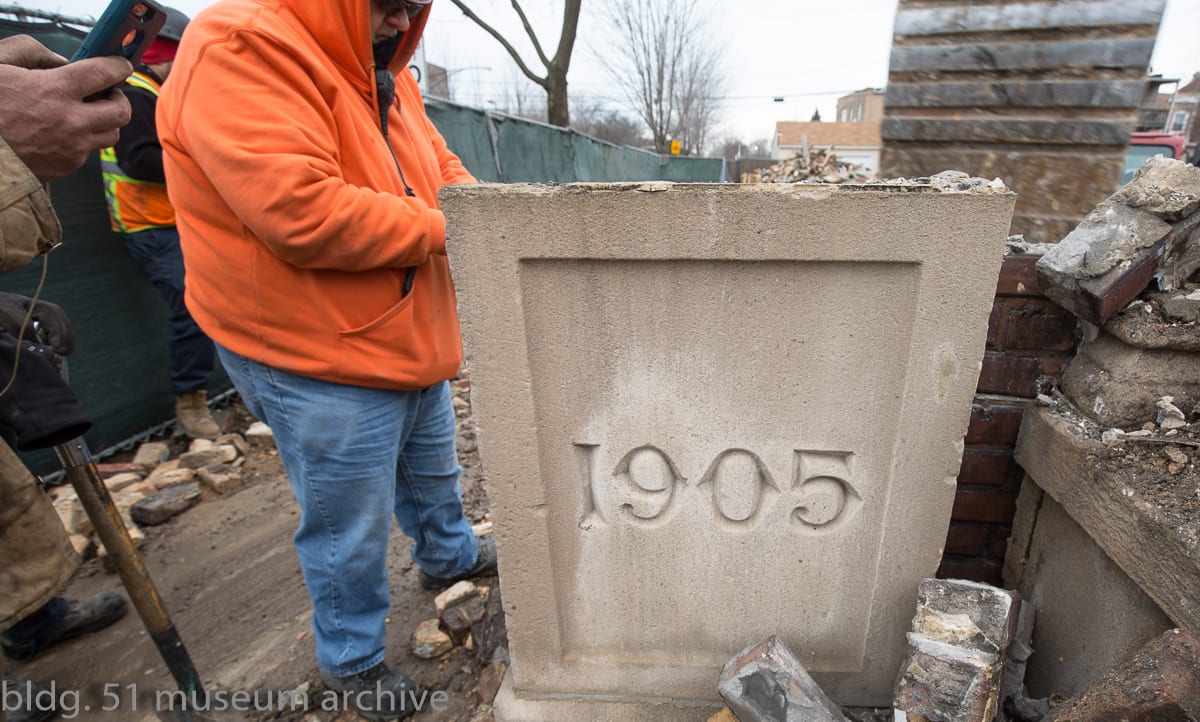
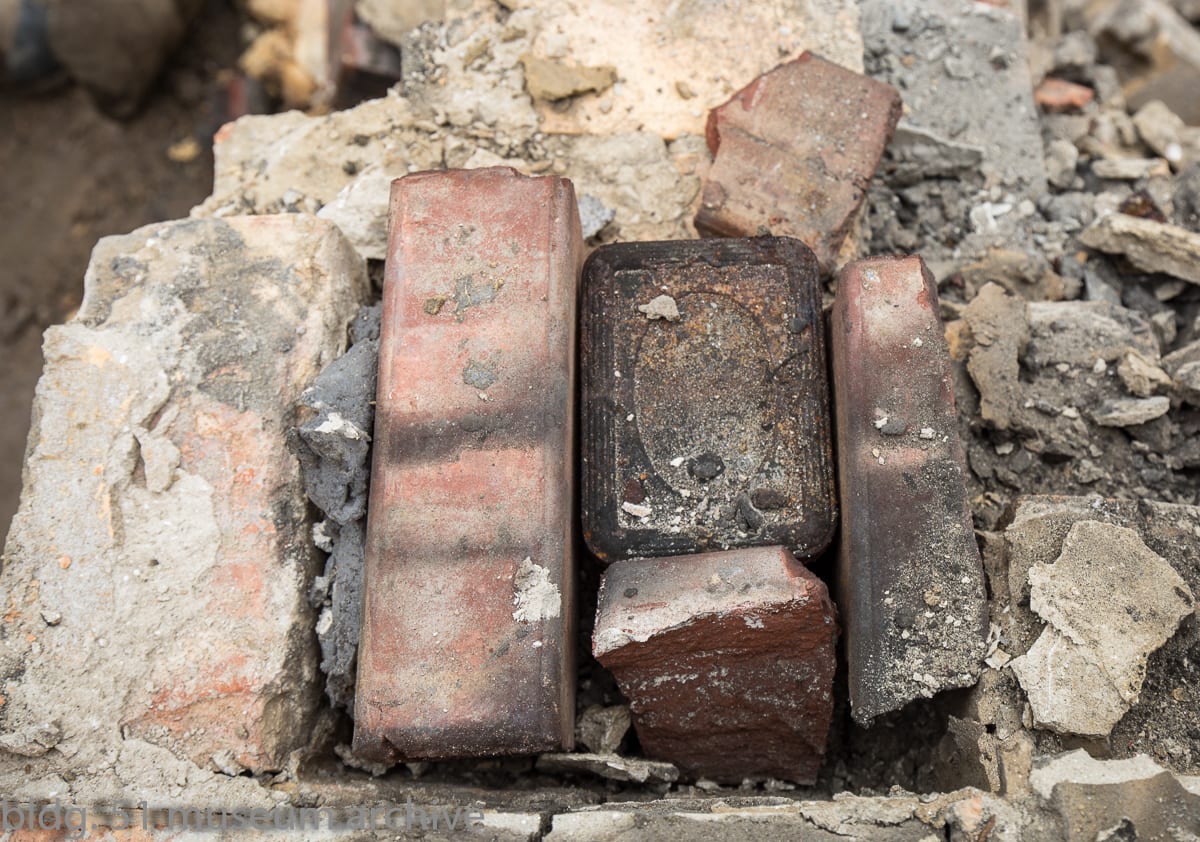
all in all it was an unremarkably quotidian offering, but in no way did these humble contents diminish the satisfaction of saving and opening this little capsule.
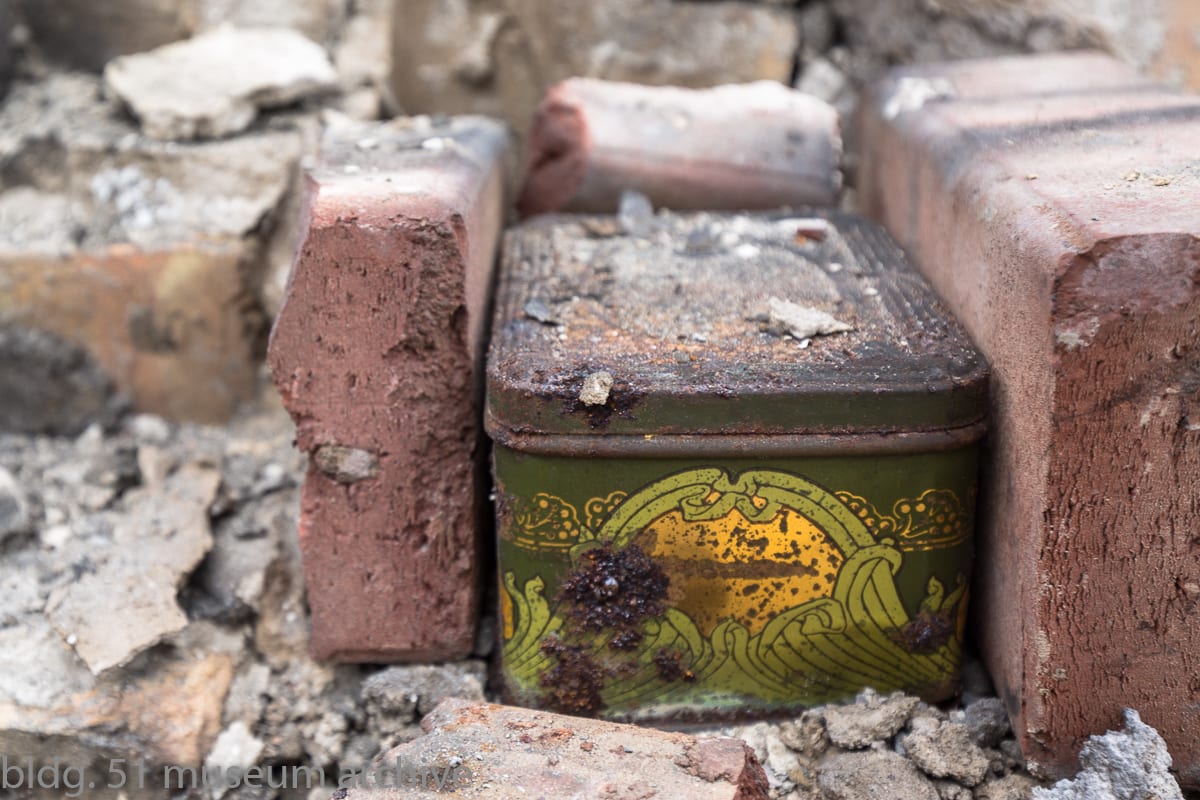

in looking back on the history of Bethel Norwegian Danish Methodist Episcopal Church it’s likely the capsule was deposited by L.A. Larson, who was the presiding elder and built the church.

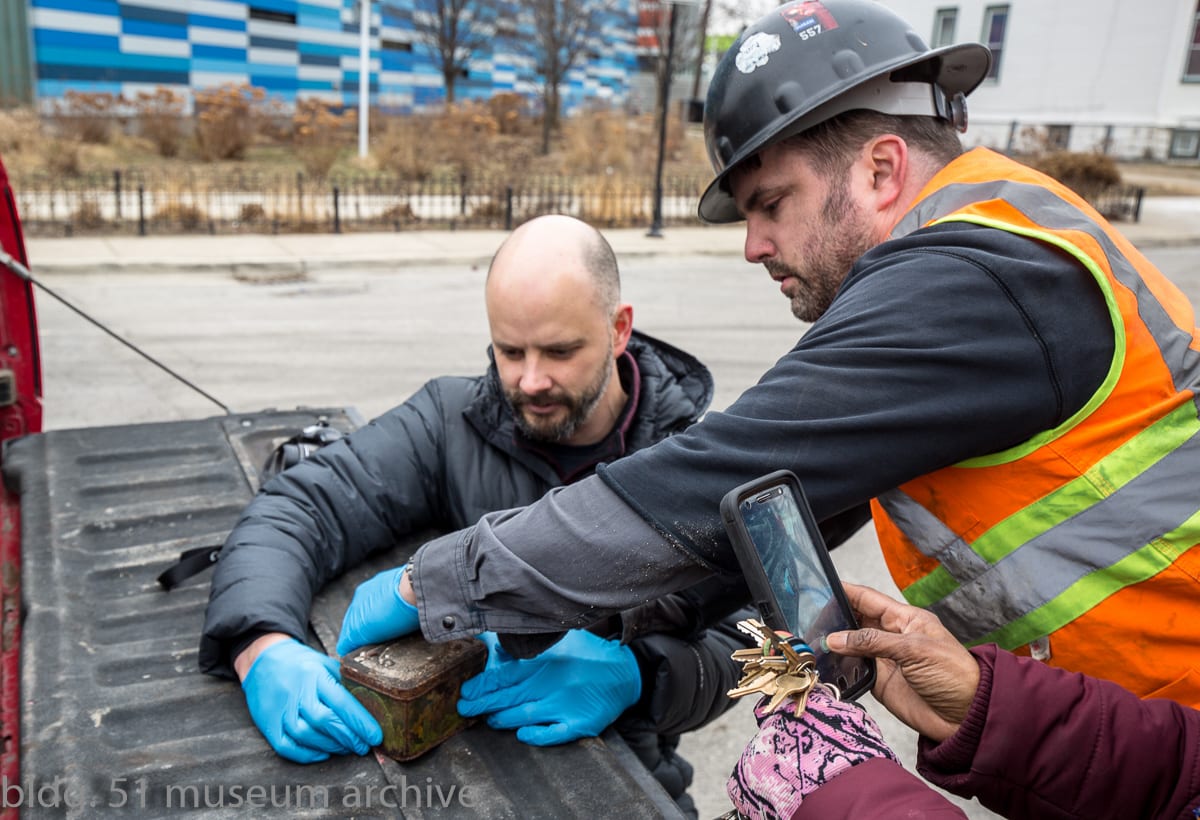
in a perfect world time capsules would be in a copper or lead receptacle and soldered shut, but its improbable such preparation was possible given the circumstances. its unlikely Larson had significant help in constructing the church save his parish members, so perhaps the best available object on hand for a capsule was a tea tin. The significance of the 1889 and 1901 dates of the pennies is unknown.
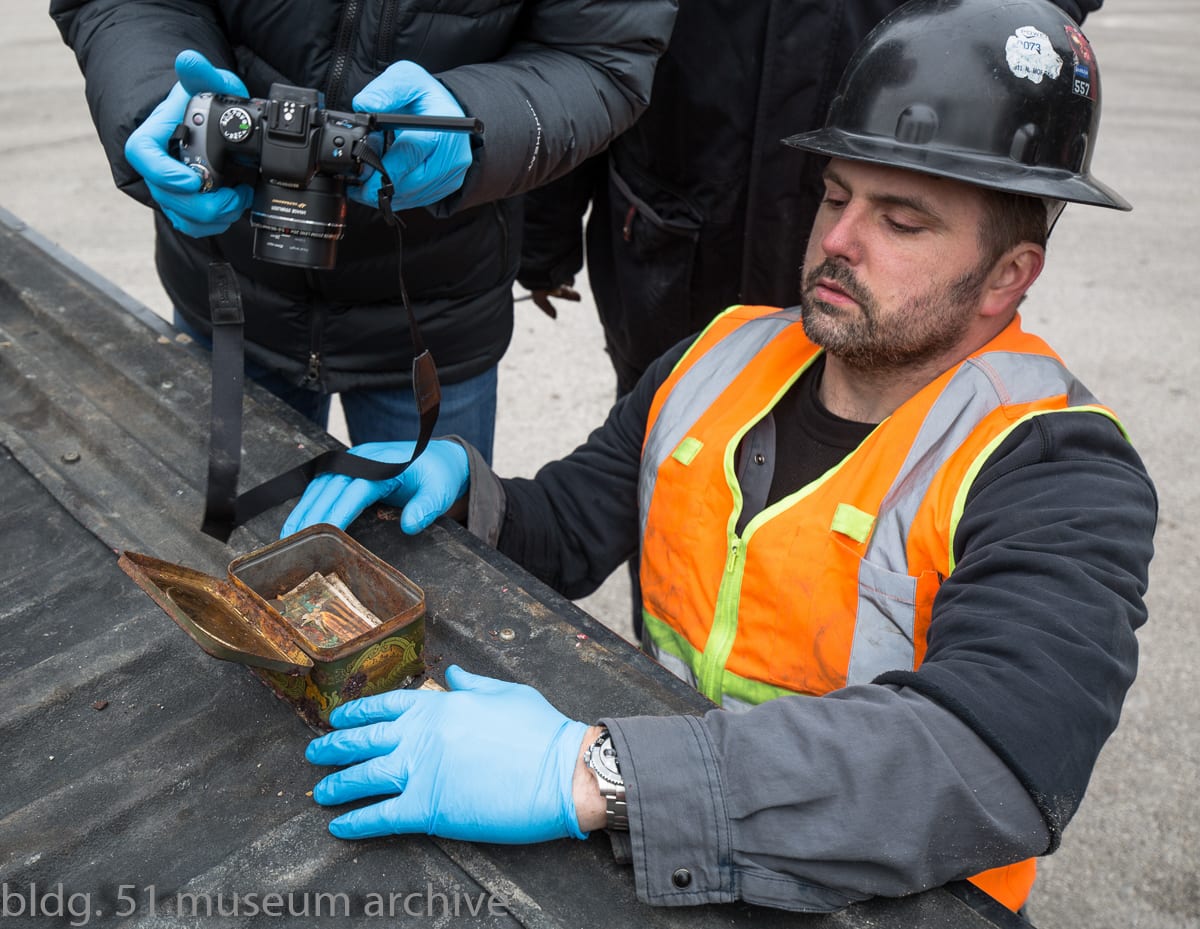
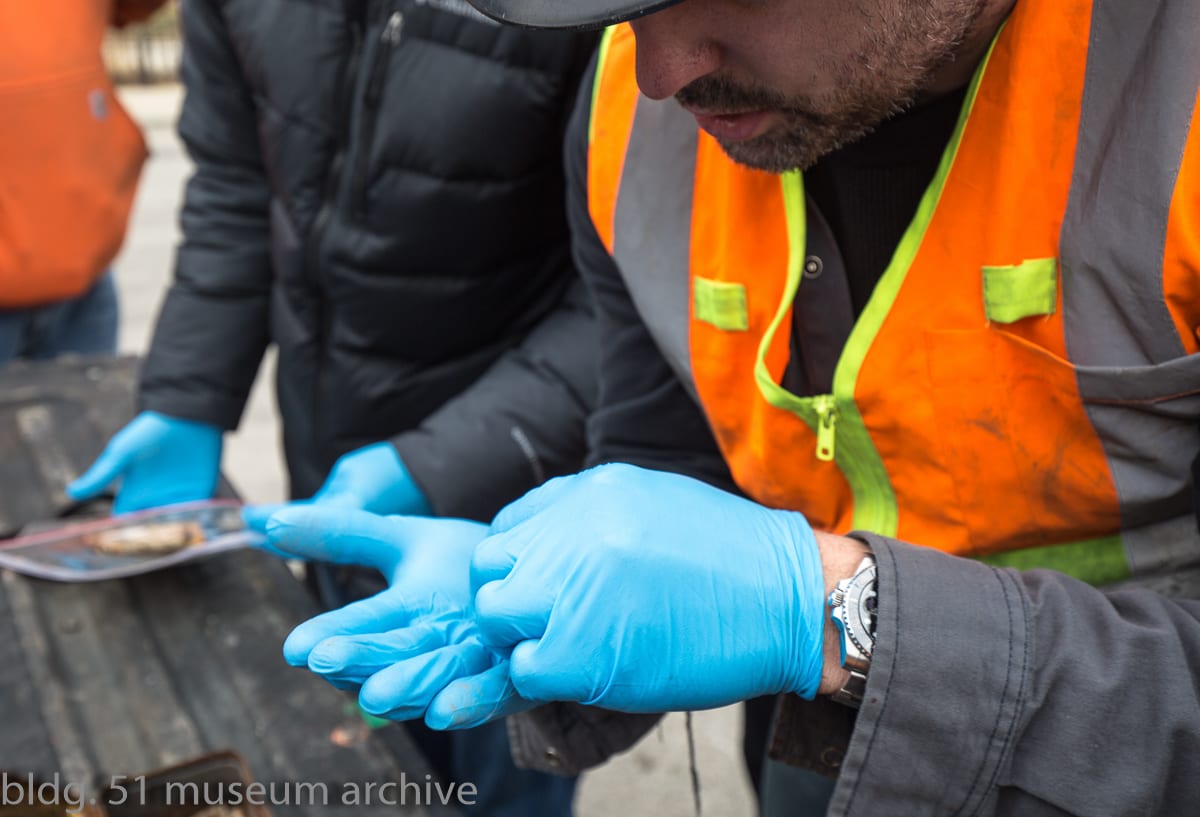
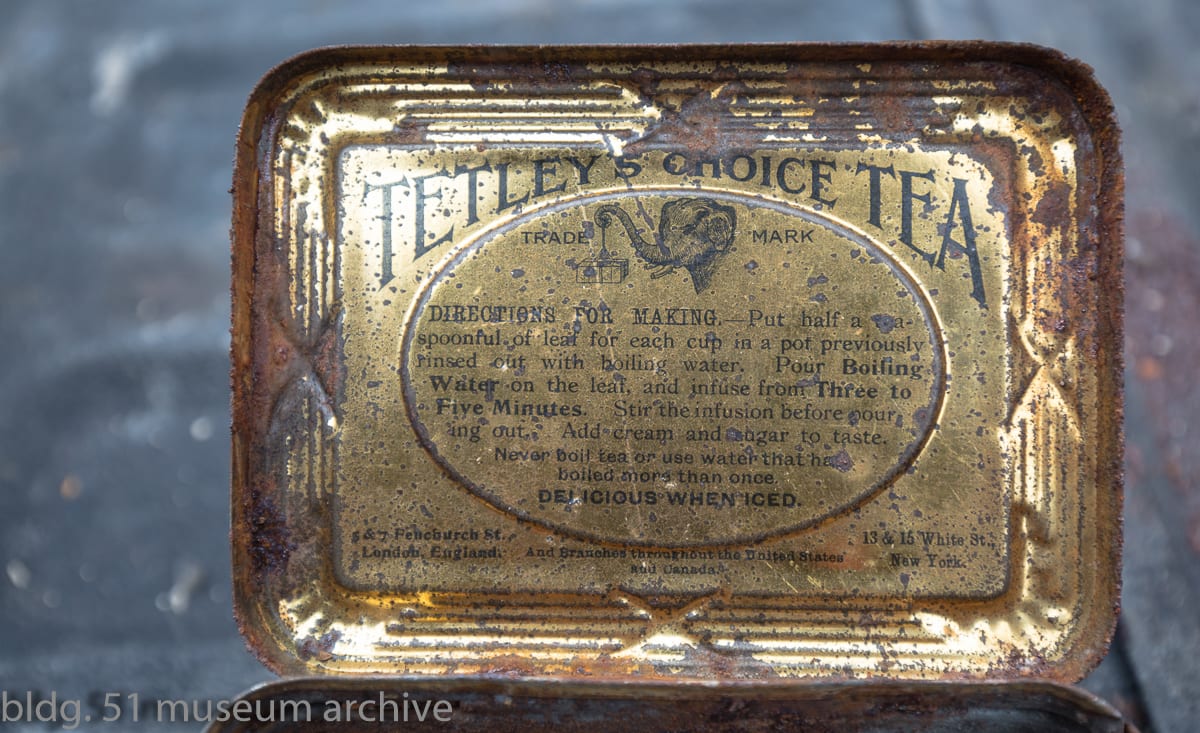
What we do know is that by 1905 L.A. Larson was nearing the end of his life. In a scant two years after Bethel was dedicated he would return to Belvidere, Minnesota to the area where he was raised after his family immigrated from Norway when he was a young boy. In the following year (1908) he would be dead and buried in the Norwegian Methodist Church of Belvidere in Goodhue County, Minnesota.
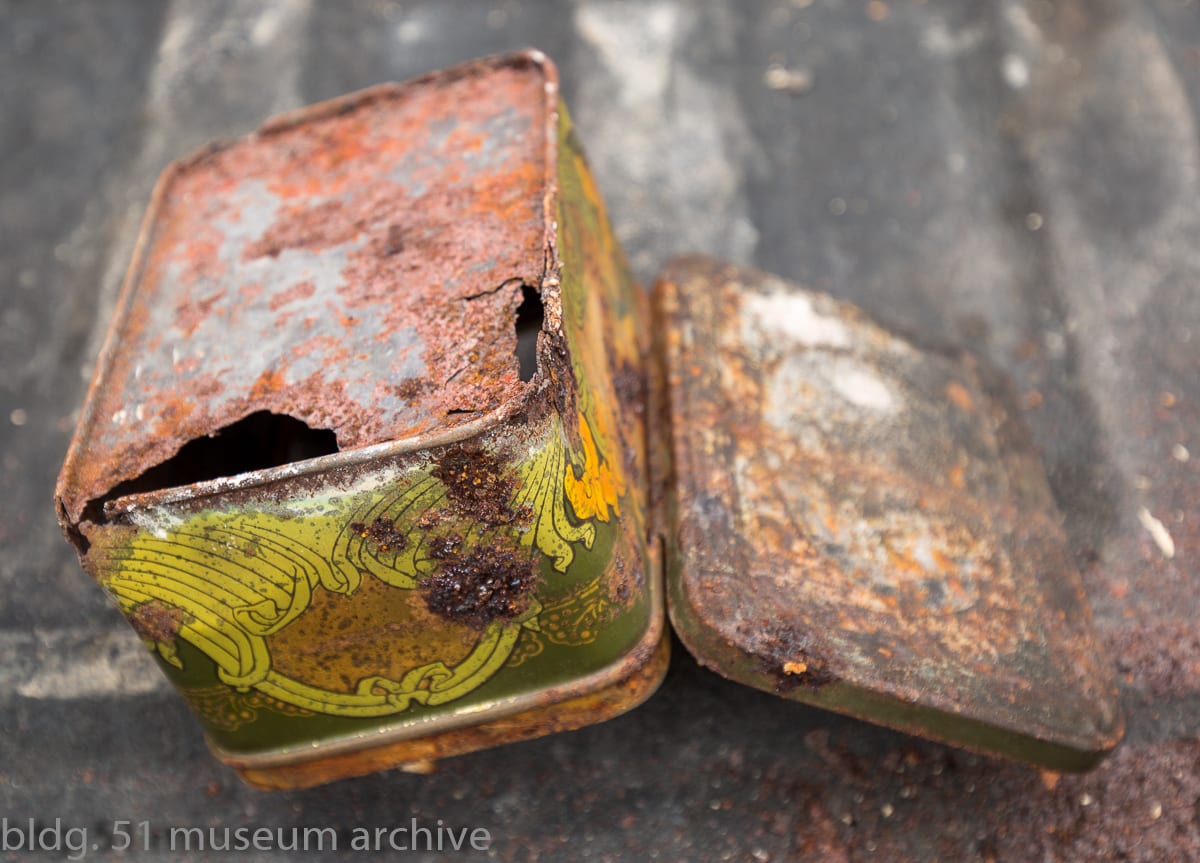
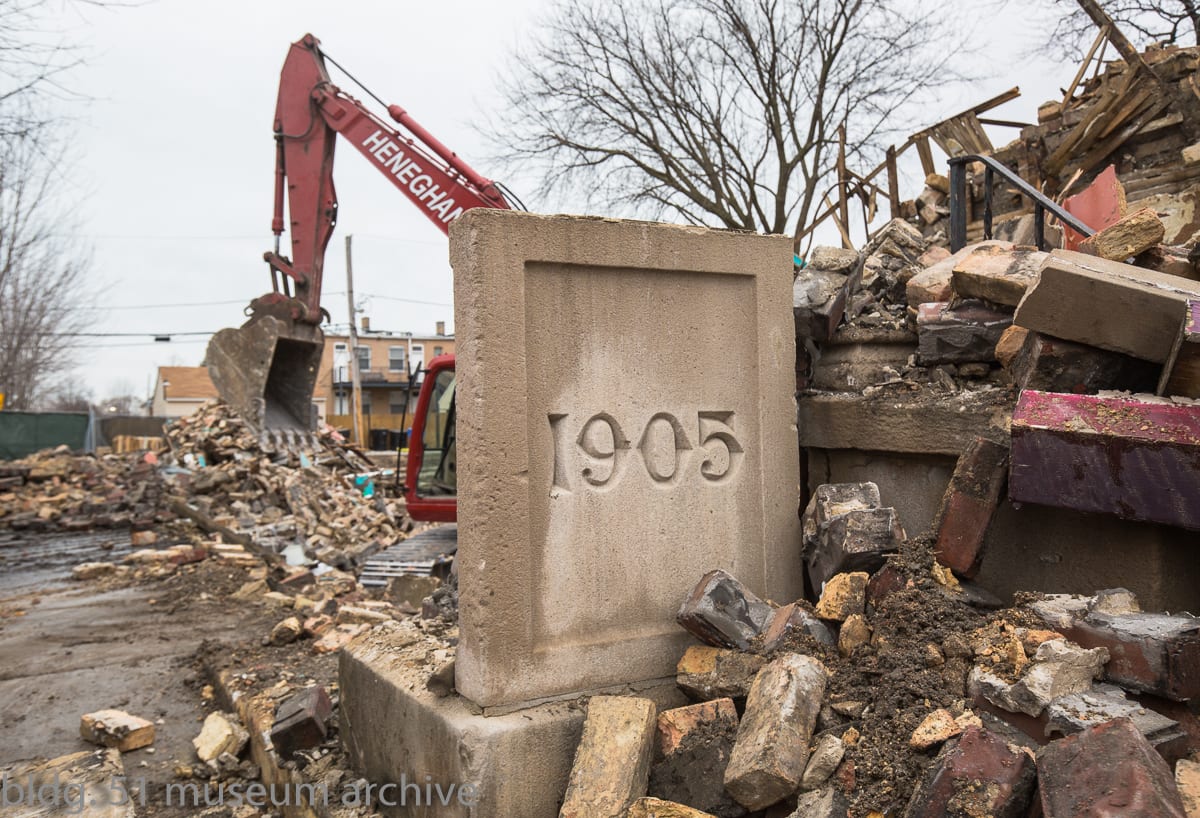
L.A. Larson is recorded in census records as having been born in 1851 so when he built Bethel he would have been 54 years old.
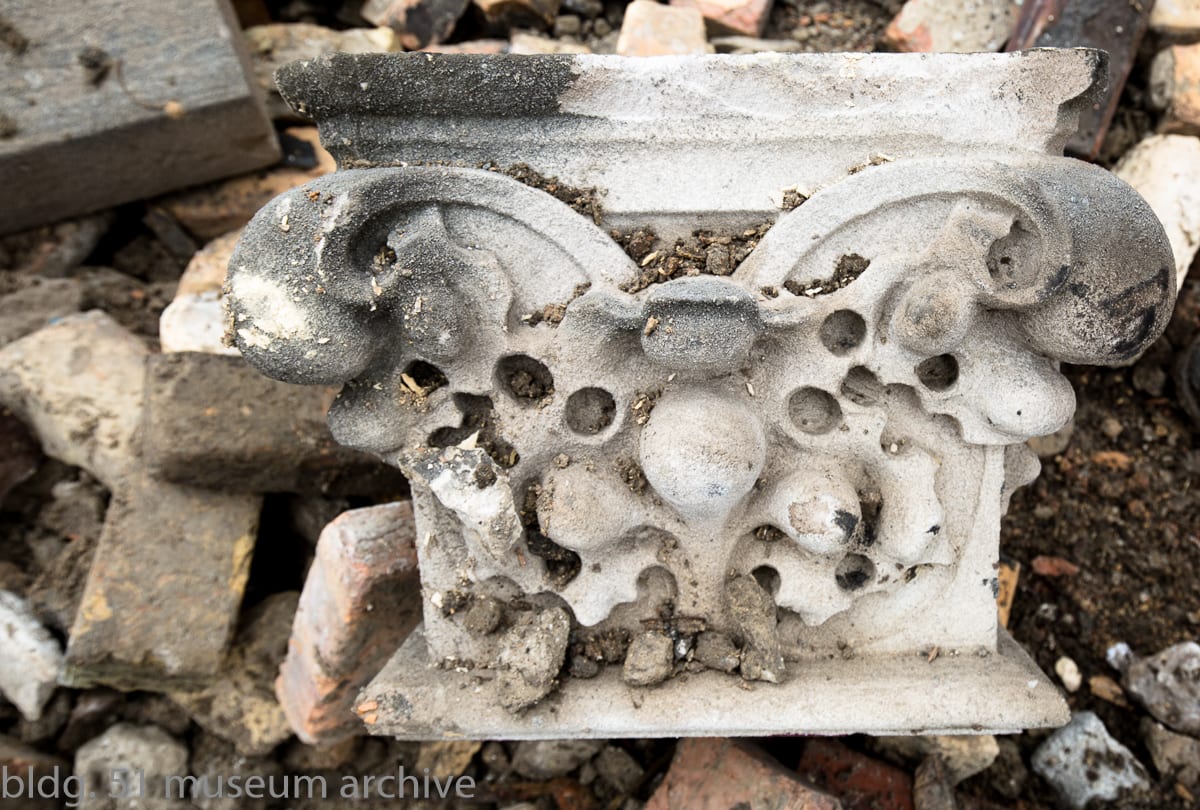
one of two carved indiana limestone exterior capitals that flanked the entrance.
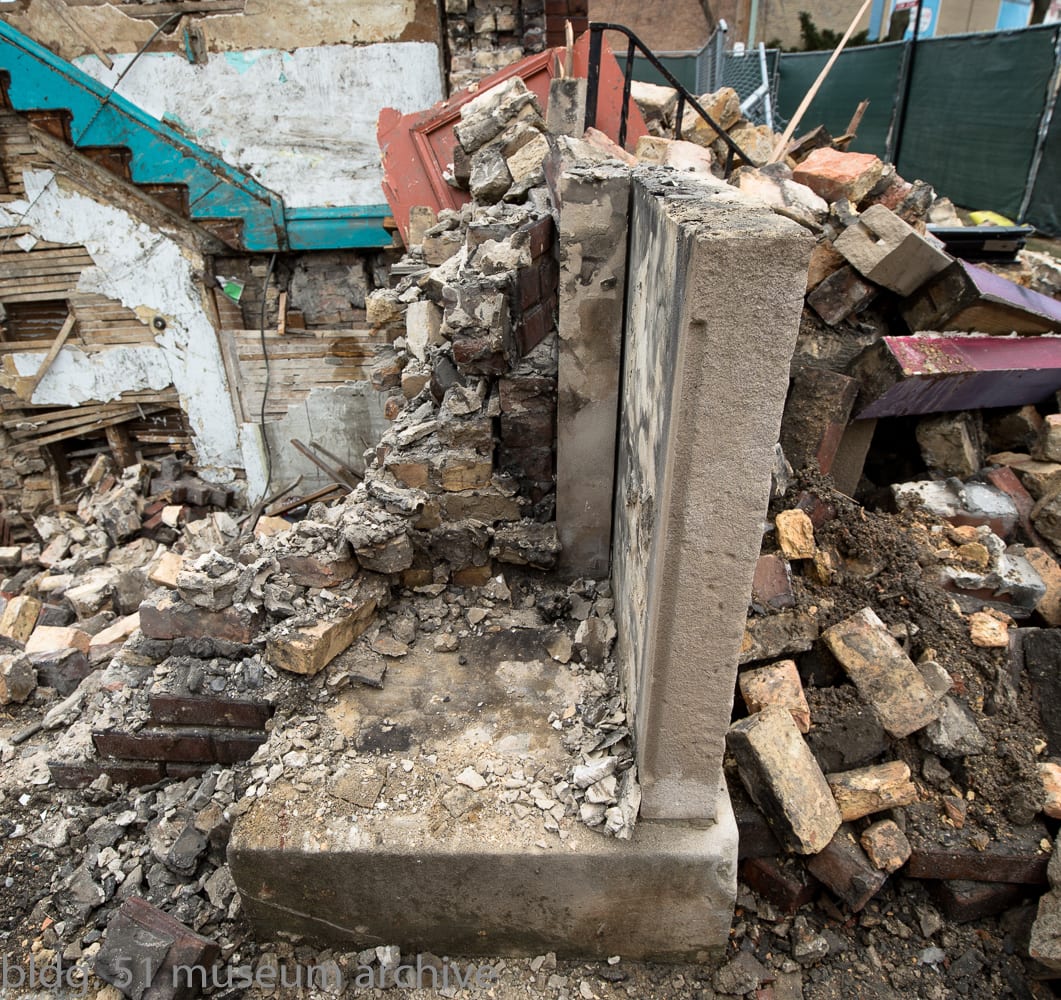
one can easily imagine him in august of 1905, in the heat of a sweltering summers day, taking a break to rummage through his belongings to find some kind of container that could be stationed behind the cornerstone; and one that could, and would, stand the test of time to yield a few clues more than a century later as to the original builders of this unique norwegian danish church.

the cornerstone and one of two capitals were saved in addition to the capsule.

This entry was posted in , Miscellaneous, Salvages, Bldg. 51, Events & Announcements, Featured Posts & Bldg. 51 Feed on February 2 2018 by Eric
WORDLWIDE SHIPPING
If required, please contact an Urban Remains sales associate.
NEW PRODUCTS DAILY
Check back daily as we are constantly adding new products.
PREMIUM SUPPORT
We're here to help answer any question. Contact us anytime!
SALES & PROMOTIONS
Join our newsletter to get the latest information
























